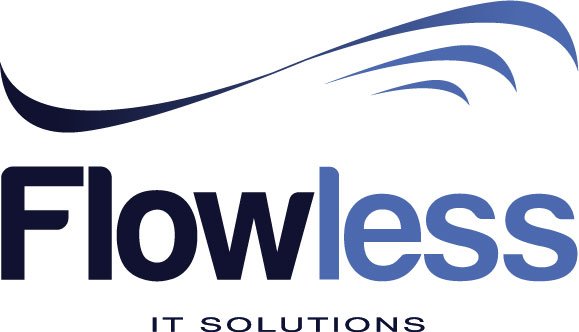Value stream in an agile environment refers to the series of steps, which are taking place in order to offer a service or product that the customers are in need of. When it comes to an agile development environment, the developers are working hard to develop a product, which matches with the needs of the customers. In order to ensure that the product actually caters to the needs of the customers, it is important to ensure value stream mapping. Then it is possible to get a better understanding about the steps that should be followed.
Along with Value Stream Mapping, the developers will be able to get their hands on a set of key steps in visual form. It would also be possible for them to get hold of corresponding data, which is required to understand and make the improvements to the process intelligently.
It is possible to go ahead and design a value stream map for any kind of a product development process. One of the key benefits associated with Value Stream Mapping is that it is helping the leadership as well as the development team to understand where value is added to the process. Based on that visualization, it is possible for them to enhance the overall efficiency associated with their deliveries. Even if there is a new feature request from the customers, it is possible to cater that with the help of Value Stream Mapping.
There are numerous tools that the developers can use to go ahead with Value Stream Mapping. The developers will be able to get their hands on such tools and get the maximum results that come along with Value Stream Mapping. It can deliver a better experience to them with gaining the benefits that come along with Value Stream Mapping.
— Slimane Zouggari
